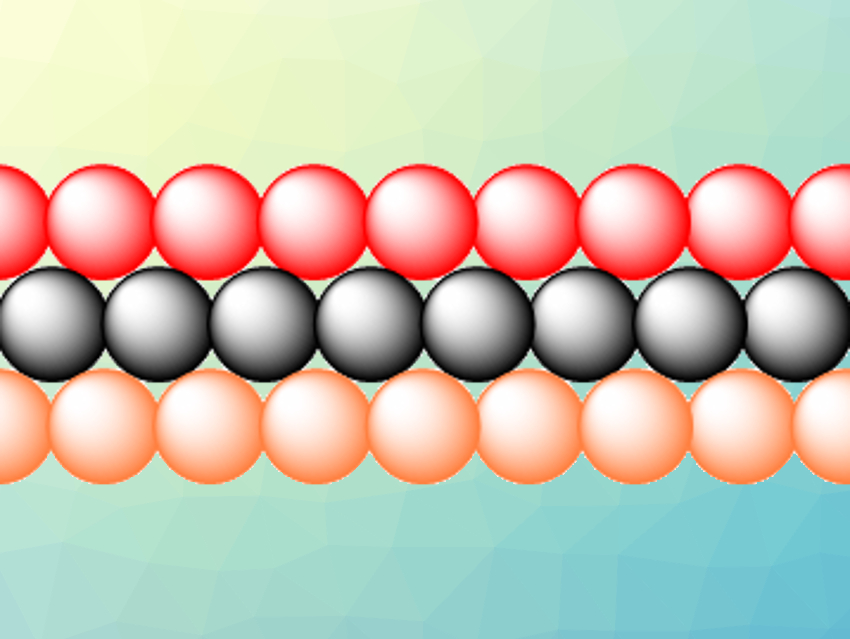Janus monolayers are 2D semiconducting materials in which a layer of metal atoms is sandwiched between layers of two different chalcogen, halogen, or pnictogen atoms. These materials have a finite out-of-plane dipole moment, which causes a difference in the electrostatic potential on the two sides of the layer. They are the 2D equivalent of the better-known Janus particles, which are particles with different surface functionalization on either side.
Anders Riis-Jensen, Technical University of Denmark, Kongens Lyngby, Thorsten Deilmann, Technical University of Denmark and University of Munster, Germany, and colleagues have used density functional theory (DFT) calculations to investigate 216 potential Janus monolayer materials that could be experimentally stable. The studied materials have the same crystal structures as either MoSSe or BiTeI. The team first estimated the materials’ stability. Out of all the potential candidates, the researchers found 70 that should be stable semiconducting monolayers. For these compounds, the magnetic, elastic, electronic, and optical properties were calculated.
The predicted properties of the 70 Janus monolayers are diverse, with direct and indirect band gaps ranging from 0.7 to 3.0 eV. Some candidates are predicted to have out-of-plane dipoles, large Rashba splittings (a momentum-dependent splitting of spin bands), strong spin−orbit coupling, high oscillator strengths, large exciton binding energies, and/or very strong light−matter interactions. This means that this class of materials could have interesting and useful properties for optoelectronic devices.
- Classifying the Electronic and Optical Properties of Janus Monolayers,
Anders C. Riis-Jensen, Thorsten Deilmann, Thomas Olsen, Kristian S. Thygesen,
ACS Nano 2019.
https://doi.org/10.1021/acsnano.9b06698


